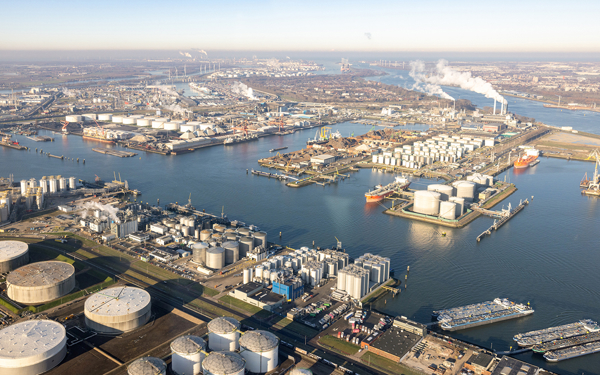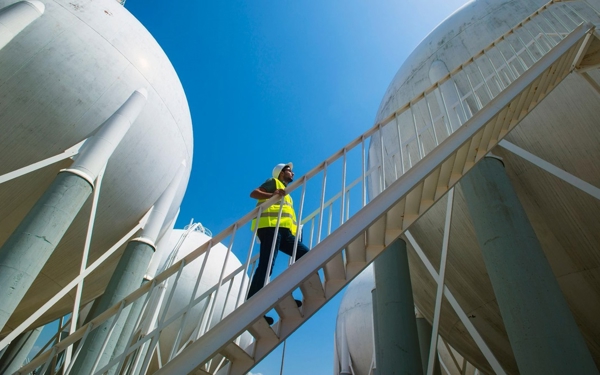Insurers’ role in promoting sustainability
Meeting the goals of the Paris climate agreement will require a transition to a economy along with major investments. Insurers can make a serious contribution to this transition thanks to their vast investment portfolios. Dutch insurers alone have nearly EUR 460 billion in assets on their balance sheets, which is around 55% of Dutch. They had invested around EUR 32 billion of these assets in shares at the start of 2019. By investing more in renewables and less in carbon-intensive sectors, insurers can make a positive contribution toward achieving a economy. Earlier research by DNB had already indicated that Dutch insurers tend to follow a relatively sustainable investment strategy. The figures show that their carbon footprint shrank strongly in the period from 2012 to 2015, and that it has remained relatively stable since then.
Small proportion of investments responsible for big chunk of carbon footprint
In 2012, a mere 24% of Dutch insurers’ total equity investments were good for half of the average carbon footprint of their portfolios (see Figure 1). Investments in gas and electricity, raw materials extraction and the petrochemical industry are particularly polluting, making up a disproportionate part of the carbon footprint. Figures of a more recent date (2019) show that insurers have reduced their equity investments in these three heavily polluting sectors: from 24% in 2012 to 17% seven years later. The most pronounced reduction has been in investments in raw materials extraction. Shares in raw materials extraction made up just 8% of equity portfolios in the first quarter of 2019, 15% down on seven years earlier.
Figure 1: Investment mix and carbon footprint by sector
[Info button: This figure shows both the equity portfolio and the composition of the carbon footprint of Dutch insurers for the first quarter of 2012 and the first quarter of 2019.]






